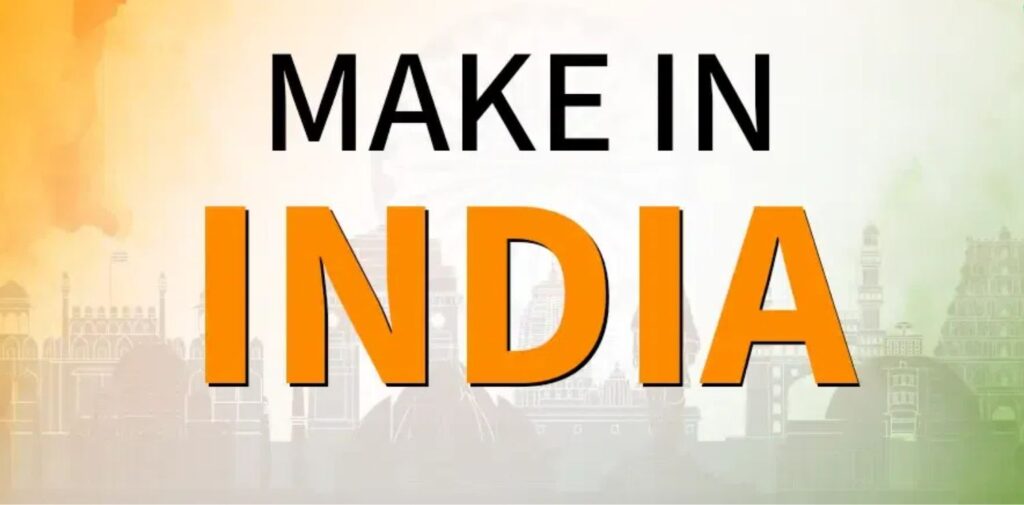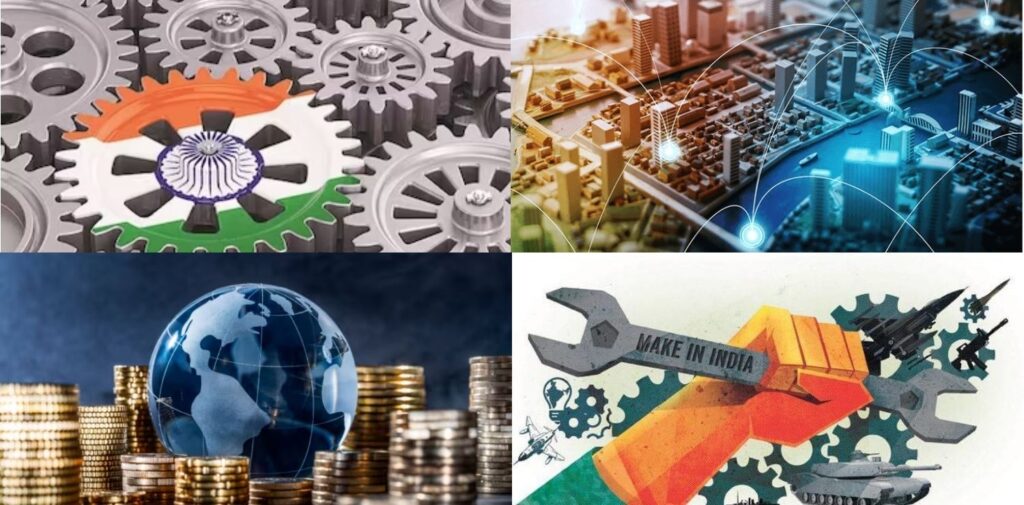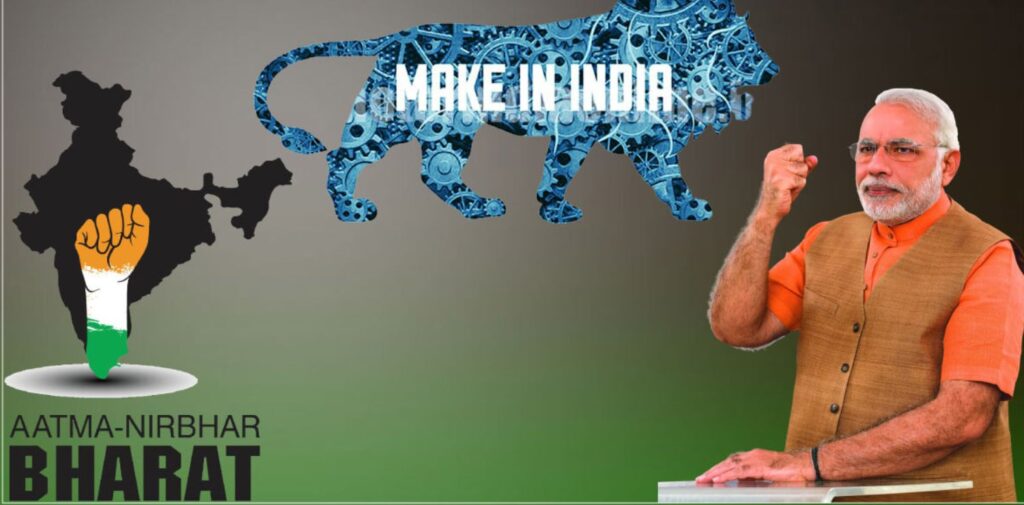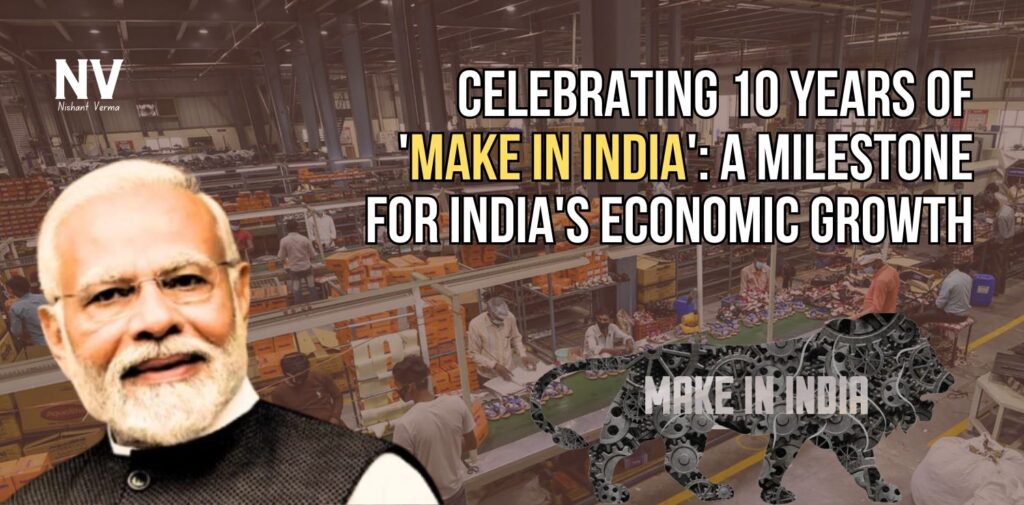As India celebrates the 10th anniversary of the ‘Make in India’ initiative, launched by Prime Minister Narendra Modi in 2014, the campaign has played a transformative role in positioning India as a global manufacturing hub. This bold initiative aimed to stimulate domestic manufacturing, attract foreign investments, and boost job creation across the nation. Over the last decade, it has seen remarkable achievements and set new benchmarks for economic growth and self-reliance, making India a key player in the global economy.

The Genesis of ‘Make in India’
‘Make in India’ was conceived as a response to India’s increasing dependence on imports and the need for industrial reform. The campaign set out to simplify regulations, create a business-friendly environment, and attract global investors to manufacture in India. It was initially focused on 25 sectors, ranging from automobiles and electronics to textiles and chemicals, with the goal of turning India into a manufacturing powerhouse.
Achievements Over the Decade
Rise of Manufacturing Sector: The most prominent success has been the rise in India’s manufacturing capabilities. The campaign has driven massive investments into sectors like electronics, automobiles, and defense. Brands like Apple, Samsung, and Xiaomi now have manufacturing facilities in India, contributing to job creation and skill development for the local workforce.
Improved Ease of Doing Business: One of the key enablers of ‘Make in India’ has been the consistent improvement in the ease of doing business in the country. India has risen significantly in the World Bank’s Ease of Doing Business rankings, climbing from 142nd place in 2014 to 63rd in 2020. Reforms in labor laws, tax structures (such as the introduction of GST), and digitalization of procedures have played a major role in this improvement.
Foreign Direct Investment (FDI): The campaign has had a direct impact on foreign investments. India recorded its highest-ever FDI inflow of $83.57 billion in the 2021-2022 fiscal year. Global companies have poured money into sectors like telecommunications, pharmaceuticals, and renewable energy. Initiatives such as the Production-Linked Incentive (PLI) schemes in electronics, pharmaceuticals, and textiles have attracted significant global investment.

Job Creation and Skill Development: As manufacturing units expanded, so did job opportunities. ‘Make in India’ has facilitated the creation of millions of jobs, especially in labor-intensive sectors like textiles, automobile manufacturing, and electronics. At the same time, the government has introduced various skill development programs to match the industry’s growing needs.
Defence Manufacturing: Under ‘Make in India,’ India has made impressive strides in defense manufacturing, a sector that was once heavily reliant on imports. Today, India is producing indigenous fighter jets, warships, and defense equipment. The introduction of policies that encourage private sector participation in defense manufacturing has opened up new avenues for both domestic and international players.
Infrastructure Development: For the manufacturing sector to flourish, the development of supporting infrastructure is crucial. The campaign has been linked with several major infrastructure projects, including industrial corridors, smart cities, and dedicated freight corridors, which are now speeding up the movement of goods across the country.
Icons of ‘Make in India’
As Prime Minister Modi highlighted, many global icons and large companies have now made India their manufacturing base. Companies like Boeing, Tesla, and General Electric have invested in India, viewing the country as a strategic market and a cost-effective manufacturing hub.
Additionally, homegrown companies such as Tata Motors, Reliance, and Mahindra have also strengthened their global presence under the initiative. The Indian automobile sector, in particular, has emerged as a leader, with brands like Maruti Suzuki and Hero MotoCorp becoming household names worldwide.
Challenges Faced and Overcome
While ‘Make in India’ has seen great success, it has not been without its challenges. The initial phase faced bureaucratic hurdles and resistance to policy changes. However, with the government’s commitment to reform, obstacles such as complicated land acquisition processes, labor regulations, and tax-related complexities were addressed.
The COVID-19 pandemic presented a new set of challenges, disrupting global supply chains. However, this crisis also highlighted the importance of self-reliance, reinforcing the goals of the ‘Make in India’ initiative and accelerating efforts to reduce dependency on foreign imports, especially in sectors like pharmaceuticals and electronics.
‘Make in India’ and the Vision for the Future
Looking ahead, ‘Make in India’ is aligned with the broader vision of transforming India into a $5 trillion economy. With continued focus on sectors like artificial intelligence, robotics, renewable energy, and electric vehicles, the initiative is expected to drive innovation and create sustainable economic growth.
The recent push for ‘Atmanirbhar Bharat’ (self-reliant India) has strengthened the objectives of ‘Make in India.’ By fostering indigenous industries and promoting exports, the government aims to further reduce India’s dependency on imports and make Indian products competitive on the global stage.

India’s growing startup ecosystem, supported by the government’s initiatives, is also set to contribute significantly to manufacturing and innovation. Companies like Ola and Ather Energy, working in the electric vehicle space, are examples of the innovative spirit of Indian entrepreneurs driving the ‘Make in India’ mission forward.
Conclusion: A Decade of Progress and Promise
As ‘Make in India’ marks 10 years, it stands as a testimony to India’s resilience and potential in the global market. It has transformed the country’s manufacturing landscape, attracted unprecedented foreign investments, and created millions of jobs. Moving forward, the initiative is poised to play an even greater role in building India’s economic might, with a focus on cutting-edge industries and sustainable development.
With continued efforts to improve infrastructure, enhance ease of doing business, and foster innovation, India is on the path to becoming one of the world’s leading manufacturing hubs. The success of ‘Make in India’ over the past decade sets a strong foundation for an even more prosperous future for the country.




